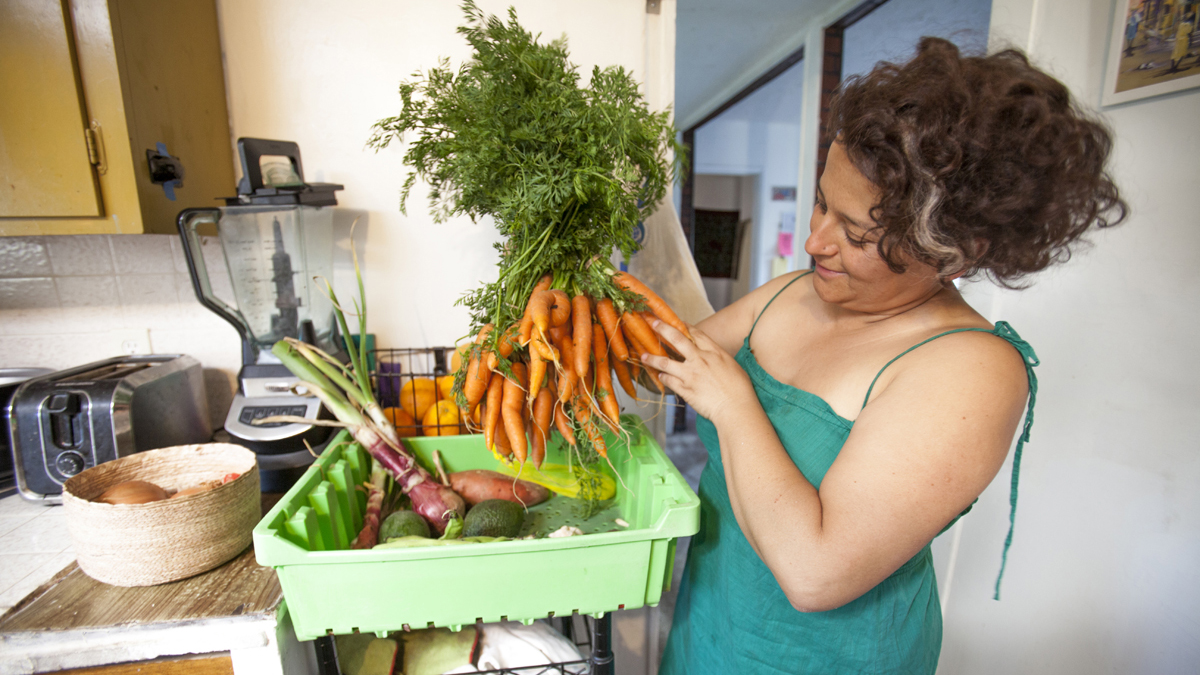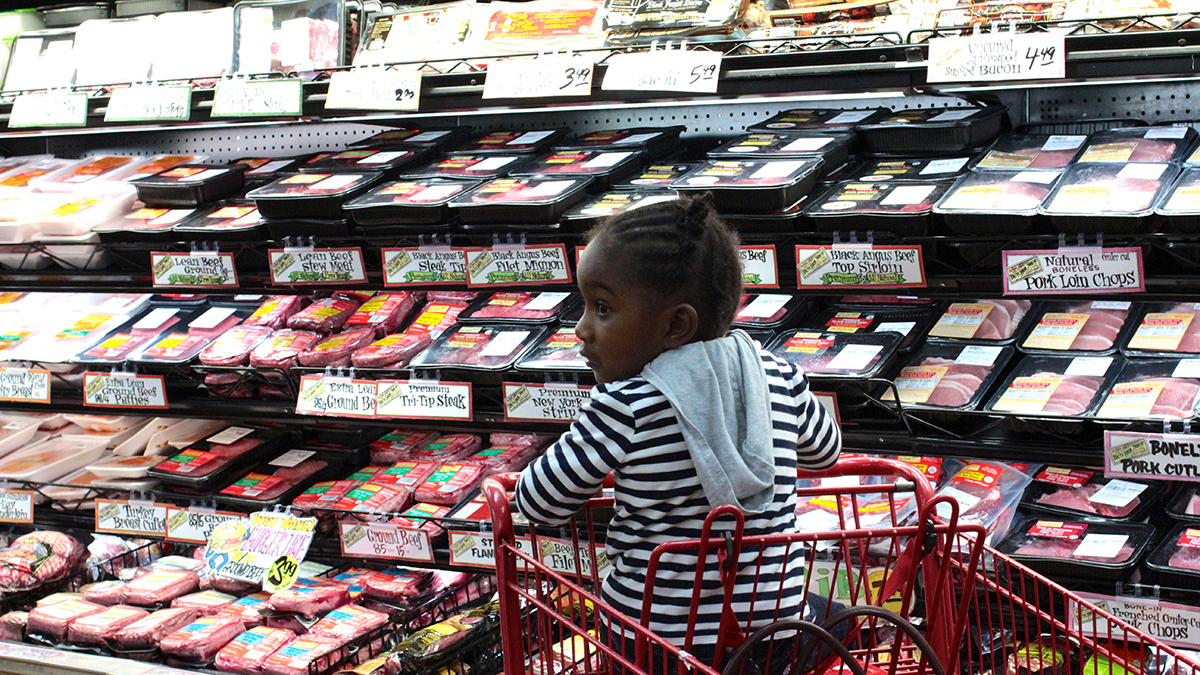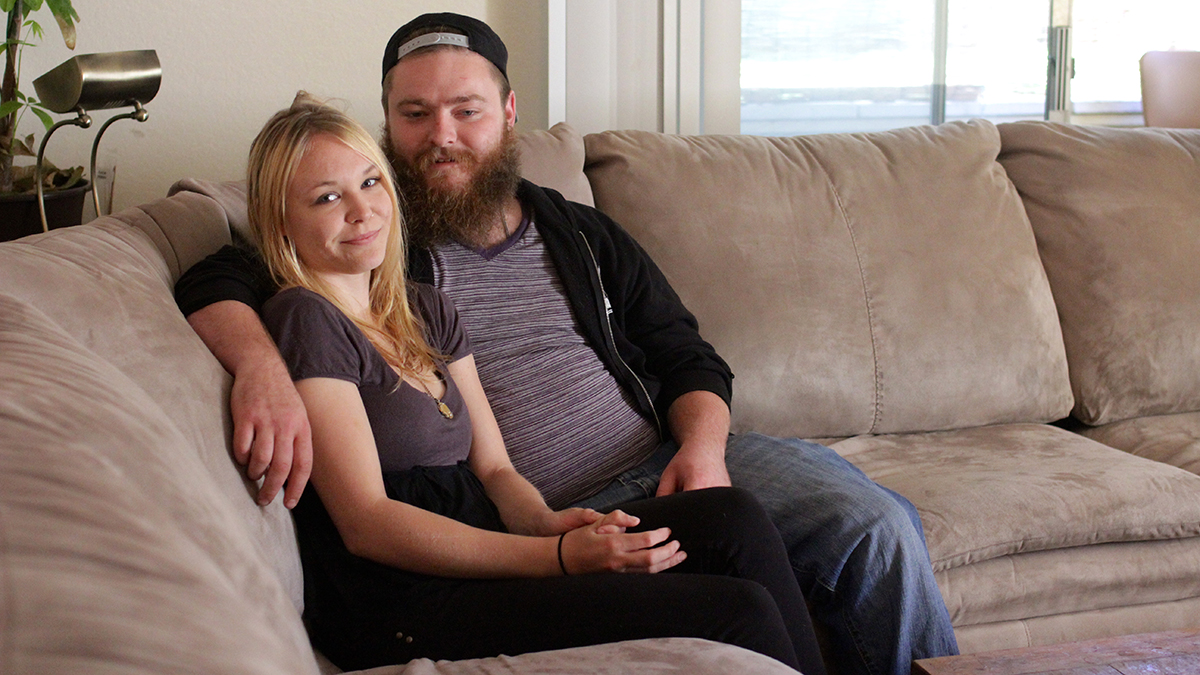
In between in California
Abovethepovertylinebutnotquitemiddleclass
In 1965, as part of President Lyndon B. Johnson’s War on Poverty, the United States attempted to define for the first time what it means to be poor. The government established a federal poverty level equal to three times the annual cost of a minimum diet. This measure would be used to distinguish the needy from the less needy and to set eligibility thresholds for public programs.
At the time, the cost of food constituted a whopping one-third of the average family budget. But as other household expenses such as housing and transportation grew over time, this guideline became less accurate. Today, millions of people living above the poverty line cannot meet their basic needs.
Government agencies and think tanks have recommended alternative ways of defining poverty. The University of Washington developed the self-sufficiency standard, which estimates how much money a household of a given size, age and location needs to pay for essentials without any government assistance. Since 2010, the U.S. Census Bureau has calculated a supplemental poverty measure, which factors in benefits such as food stamps and costs such as child care, and accounts for differences by location. Applying this standard changes the number of people considered impoverished in the majority of states, most dramatically in California, whose poverty numbers jumped from 16 percent to 24 percent of the state’s population of 38.3 million. This increase is due mostly to the state’s high housing costs, which disproportionately strain low-income households.
What's enough for a family of four?
In this collection of multimedia stories, we provide a snapshot of Californians living above the poverty level but still struggling. We draw on consumer-expenditure data from the Bureau of Labor Statistics and social-science research on how families spend their time and money. On average, housing is the biggest expense, followed by transportation and food. But geography matters, and so do the unique constraints and priorities of every household.
We explore these nuances by comparing five families’ actual income and expenses against the self-sufficiency standard in the key areas of housing, transportation, food, child care and health care.
The ranks of the working poor are swelling and now exceed 10.4 million families, or 32 percent of the U.S. population. Even in California, which boasts more generous social programs and higher workplace standards than most states, low-income families and individuals often fall through the cracks of public policies and coffers.
Week by week, paycheck to paycheck, those living near the federal poverty line ($19,000 for a family of three) but below the self-sufficiency standard ($53,000 for two adults and an infant in Sacramento County, California) must achieve a tricky budgetary balance. The households we profile here, which earn too much to receive most government benefits yet too little to reliably make ends meet, are part of a growing in between.
We spent time with families who live above the poverty line but lack financial security.Click on each image to learn about a different budgetary challenge.
Correction: This story has been updated to clarify that 10.4 million families, not individuals, number among the working poor.













